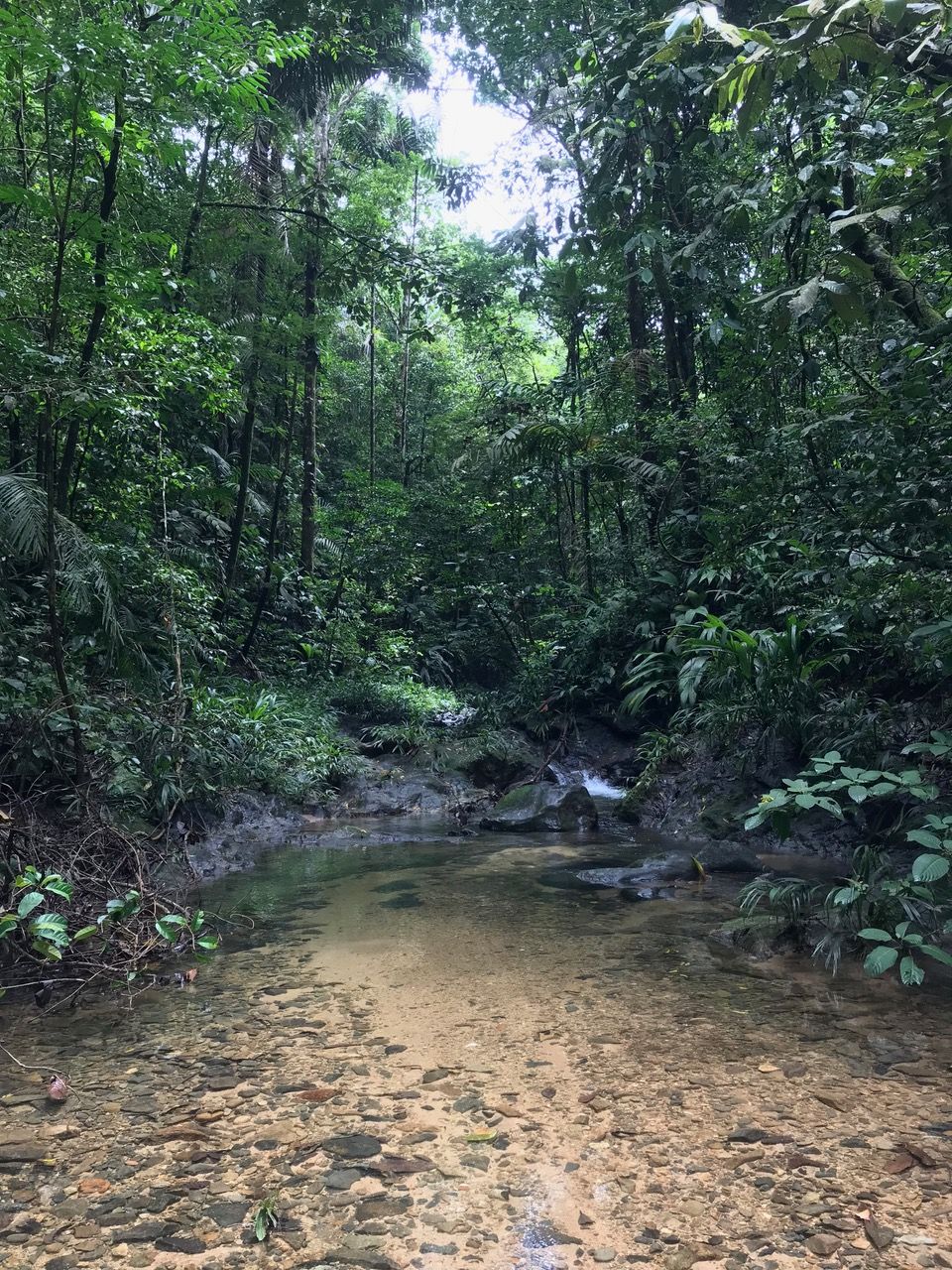A Second Release Trial Advances The Goal Of Reintroducing Endangered Frogs Into The Wild
/https://tf-cmsv2-smithsonianmag-media.s3.amazonaws.com/blogging/featured/Released_Limosa_Harlequin_frog_with_radio_transmitter_Courtesy_Blake_Klocke.jpeg)
Last July, 58 captive bred Limosa harlequin frogs (Atelopus limosus) discovered their natural habitat for the first time. Scientists carefully raised these tiny frogs in controlled conditions at the Panama Amphibian Rescue and Conservation Project (PARC) at the Smithsonian Tropical Research Institute’s research facility in Gamboa, Panama. The animals are now on their own in the wild at the Mamoní Valley Preserve in Eastern Panama as a part of a second release trial led by a dedicated team of scientists.
A year earlier, 90 A. limosus were reintroduced in the area, wearing very small radio transmitters. By tracking their location every day, the team could identify how far the animals travelled, what kind of habitat they preferred, and if they were eaten. The frogs were also swabbed often to find out whether they were infected with the amphibian chytrid fungus, their main threat in the wild.
This year, only half of the frogs wore tracking devices. The other half were placed in the forest inside small cages or mesocosms. This provided a controlled, predator free environment, and made it easy to check on the animals. Both groups were monitored and swabbed with the same frequency.
“The thought is that these frogs have increased survivorship if they have acclimation time in the cage and are free from predators,” explained Mason School of Conservation doctoral student Blake Klocke, who participated in both trials. “However, radio tracking will give us a more realistic idea of life for the frogs after release.”
Another change from the previous year was the location of the releases. In 2017, all the frogs were released in a single stream; this year, two sites were chosen. In addition to the stream, scientists decided on a small river about an hour away. The idea was to compare survivorship, dispersal and chytrid infection among both sites.

“We wanted to see if one site was better than the other for reintroducing these frogs,” said Klocke.
Aside from movement data and swabbing for chytrid fungus, Klocke recorded air temperature, rainfall and the water temperatures in the streams. Understanding environmental temperature is critical to finding an ideal release location for the A. limosus, as the chytrid fungus is very temperature dependent and does better in cooler conditions.
Through its Working Land and Seascapes Action Area, the Smithsonian Conservation Commons hopes to harness this type of scientific research to achieve healthy, biodiverse ecosystems, such as the ones that existed before the amphibian chytrid fungus arrived.
“Seeing what the data looks like will probably determine what the next step is in the process. We’ll be able to ask different questions. I’m guessing there will be a couple of more release trials,” concluded Klocke.
Preliminary results for the second release trial won’t be available shortly after returning from the field. However, as new information emerges, the good news is it may be applied to other endangered Atelopus species kept at the PARC.
The Conservation Commons is an action network within the Smithsonian Institution (SI), highlighting the relevance of science and innovative interdisciplinary approaches across science and culture to on-the-ground conservation worldwide.

